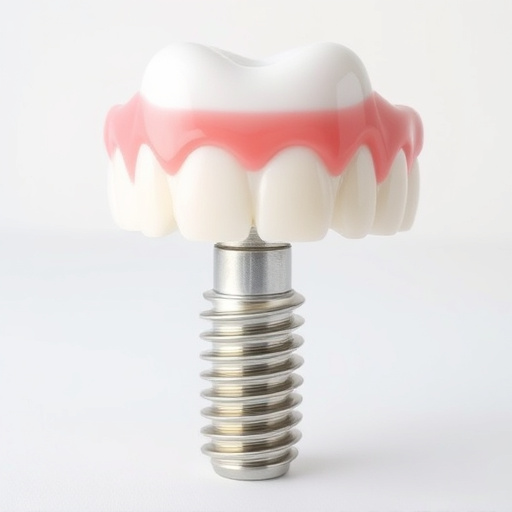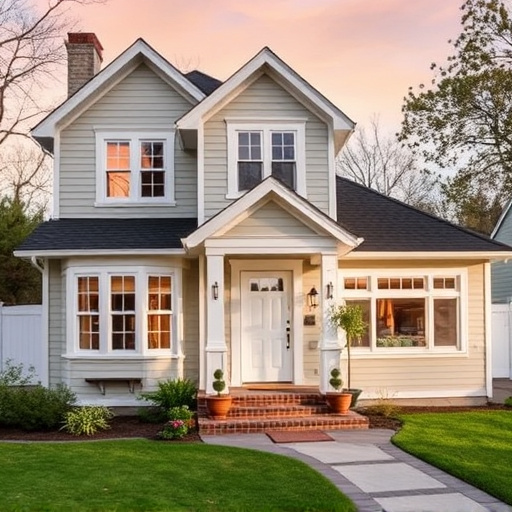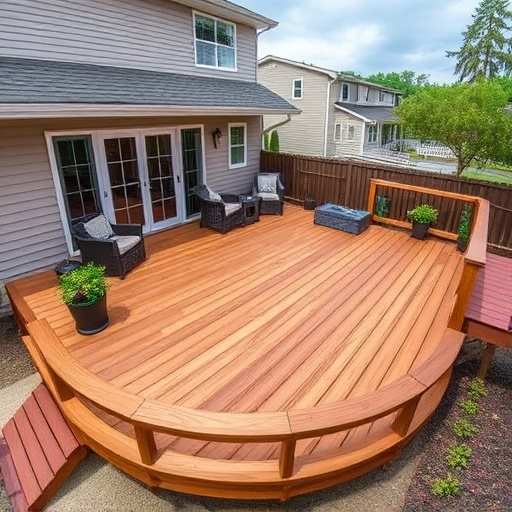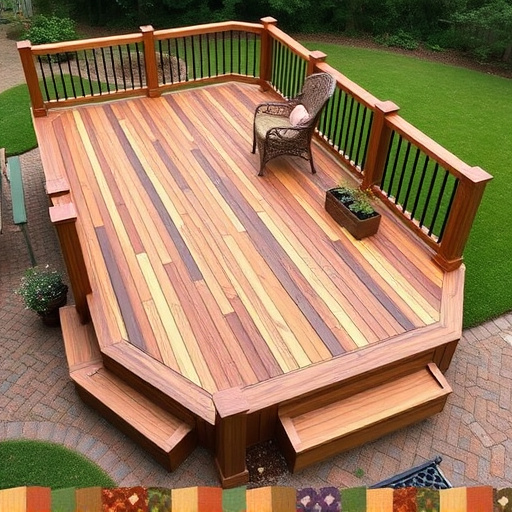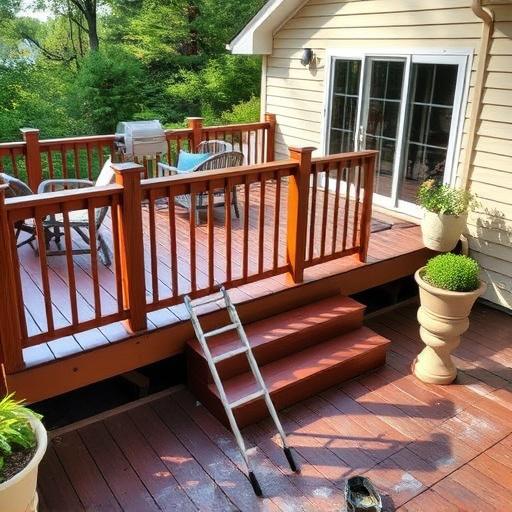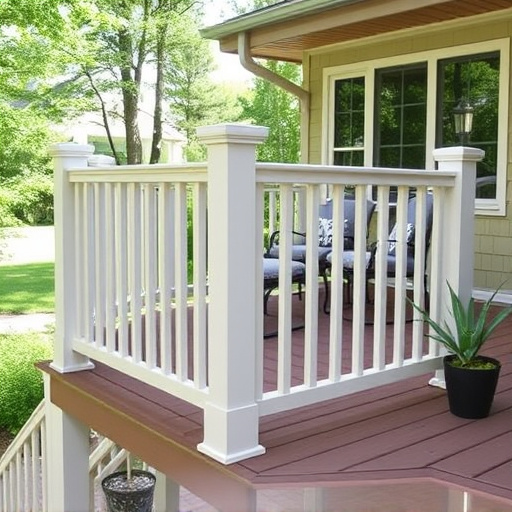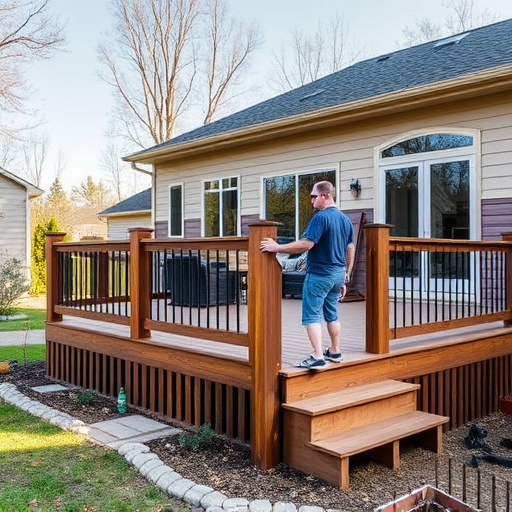Deck materials play a pivotal role in shaping outdoor living spaces, offering diverse options from traditional woods and composites to modern PVC and metal. Each material has unique characteristics requiring strategic integration for aesthetic harmony with home styles. Combining different materials allows for stunning designs, combining benefits like low maintenance, durability, and fade resistance. Professional services enhance deck longevity through storm damage repair and specialized roofing, catering to individual preferences and material strengths.
Looking to transform your outdoor living space? Combining multiple deck materials offers endless creative possibilities. This guide explores the art of blending wood, composite, PVC, and metal to craft unique, durable, and visually stunning decks.
We’ll delve into understanding each material’s distinct characteristics, ideal for specific climates and budgets, while offering design strategies to seamlessly integrate them. Discover how contrasting textures and colours can elevate your deck, from dramatic wooden accents to sleek metal fixtures, all while maintaining ease of maintenance.
- Understanding Deck Materials: A Comprehensive Overview
- – Different types of deck materials: wood, composite, PVC, and metal
- – Unique characteristics and benefits of each material
Understanding Deck Materials: A Comprehensive Overview
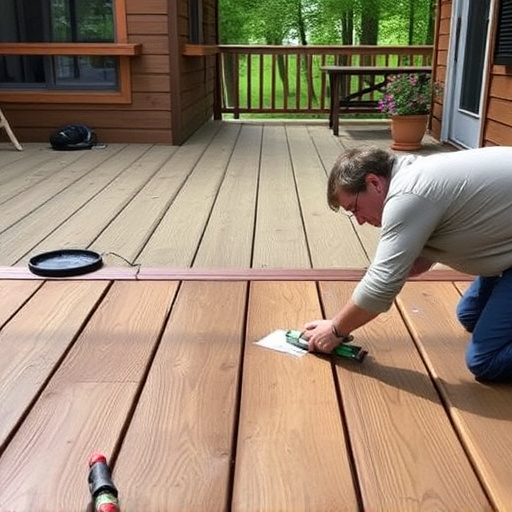
Deck materials play a pivotal role in shaping the aesthetics, functionality, and longevity of your outdoor living space. Understanding the diverse options available is key to creating a unique and visually appealing deck that seamlessly blends with your home’s architectural style. From traditional wood varieties like cedar and redwood, known for their natural beauty and resistance to weather, to modern composite materials offering durability and low-maintenance benefits, each type has its distinct characteristics.
When combining multiple deck materials, it’s essential to consider factors such as color, texture, and maintenance requirements. For instance, pairing wood with vinyl or aluminum rails can create a striking contrast, while integrating residential roofing or residential siding elements adds structural cohesion. Moreover, incorporating storm damage repair techniques using durable materials ensures your deck can withstand harsh weather conditions, extending its lifespan and maintaining its aesthetic appeal over time.
– Different types of deck materials: wood, composite, PVC, and metal
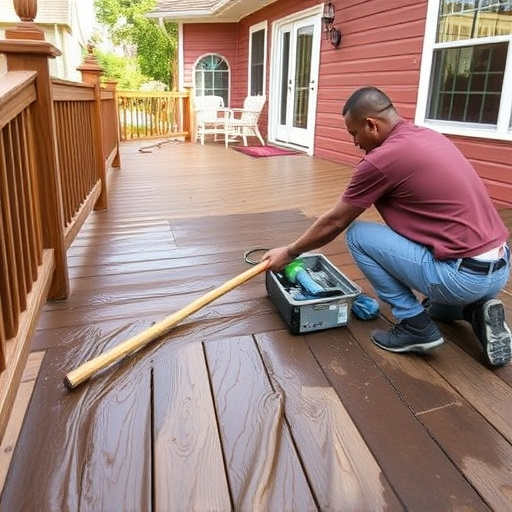
When it comes to decking, homeowners have a plethora of options when choosing materials that suit their style and budget. The market offers a diverse range of deck materials, each with its unique characteristics, advantages, and visual appeals. Traditional wood decks exude natural beauty and warmth, offering an authentic outdoor living experience. However, they may require more maintenance compared to other alternatives. Composite decking, a popular choice, combines wood fibers and plastic, resulting in low-maintenance, durable surfaces that mimic the look of wood without the hassle.
For a modern twist, PVC decks provide exceptional durability and resistance to fading, making them an excellent, low-maintenance option for those seeking a long-lasting, low-care solution. Metal decking, often overlooked, offers a sleek and contemporary aesthetic, ideal for homeowners who want to create unique, architectural features on their outdoor spaces. These diverse deck materials, coupled with creative design ideas, allow homeowners to transform their exterior into stunning, functional areas that reflect their personal tastes, while also considering the various benefits offered by each option, including roofing and siding solutions from professional home exterior services.
– Unique characteristics and benefits of each material
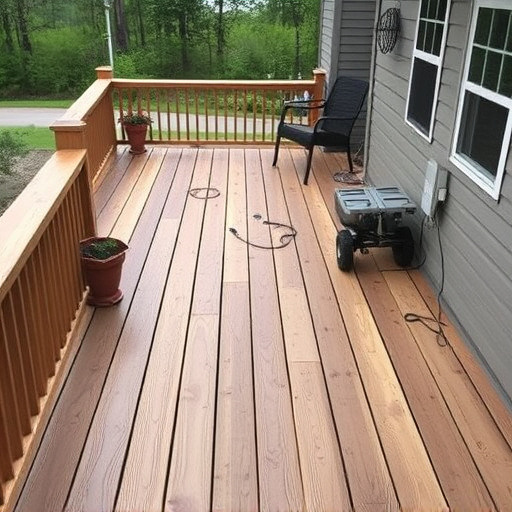
When combining multiple deck materials, understanding their unique characteristics and benefits is key to creating a visually appealing and functional outdoor space. Different materials offer distinct advantages that can enhance your deck’s overall durability, aesthetics, and maintenance requirements. For instance, wood decks exude natural beauty and warmth, adding a cozy ambiance to your home exterior. They are versatile, allowing for creative designs, and can be treated with stains or finishes to resist weather damage. However, regular upkeep is necessary due to potential rot or insect infestation concerns.
On the other hand, composite decking materials combine the best of both wood and plastic, offering low maintenance and superior durability. These boards are resistant to fading, cracking, and splitting, ensuring a consistent look for years. Composite decks are also eco-friendly as they often contain recycled content. For those seeking a more traditional aesthetic, stone or tile decking adds elegance and longevity. It requires minimal maintenance and can withstand extreme weather conditions. Incorporating these diverse deck materials allows homeowners to create unique outdoor living spaces tailored to their preferences, all while benefiting from each material’s specific strengths, including effective drainage solutions like siding and gutters, as part of comprehensive home service solutions, and robust roofing services to protect against the elements.
Combining multiple deck materials offers a unique and creative way to enhance your outdoor living space. By understanding the diverse options like wood, composite, PVC, and metal, along with their distinct characteristics, you can design a deck that’s both functional and aesthetically pleasing. Don’t be afraid to mix and match to achieve a look that truly reflects your style. With careful consideration, you can create a stunning and durable deck that becomes the focal point of your outdoor sanctuary.


